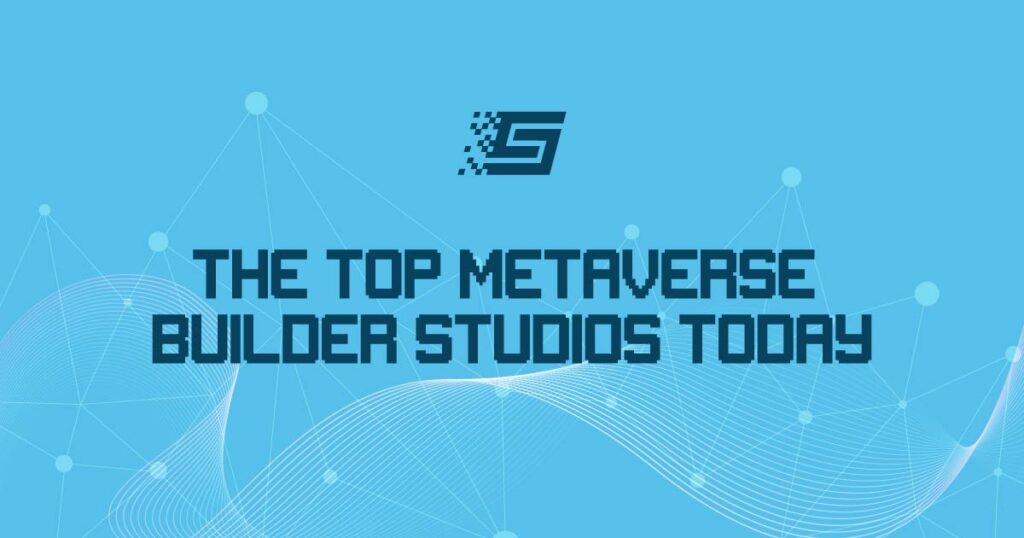The Future Of Work In The Metaverse
The workplace of this decade already looks extremely different from what it was a couple of years ago. The metaverse promises to bring a new level of social connectedness, mobility, and collaboration to the world of virtual work. It is poised to reshape the way we work in the following ways:
- New immersive forms of team collaboration.
- The emergence of new digital, AI-enabled colleagues.
- The acceleration of learning and skills acquisition through virtualization and gamified technologies.
- The eventual rise of a metaverse economy with completely new enterprises and work roles.
The metaverse opens up new possibilities for rethinking the current office and work environment. It does this by introducing elements of adventure, spontaneity, and surprise.
A virtual office doesn’t necessarily have to follow the drab, uniform corporate style that we see today. It could be a beach location, an ocean cruise, or even another world altogether, with digital colleagues that are highly realistic, AI-powered, human-like bots.
The metaverse will revolutionize training and skills development drastically. We can greatly reduce the time needed to develop and acquire new skills.
Resetting the balance in hybrid and remote work, the metaverse promises to recapture the spontaneity, interactivity, and fun of team-based working and learning. It provides an opportunity for potentially billions of people all over the world to have the flexibility, convenience, and of working from home.
The metaverse promises to bring new levels of social connection, mobility, and collaboration to the world of virtual work.
These immersive reality platforms focus on interactive working, collaboration, and learning solutions. Furthermore, they help to remove the feeling of disconnectedness that can result from remote and hybrid work.
Digital Colleagues
Human workers now have the option of designing and creating digital colleagues, personalized and tailored to take care of specific tasks.
Say you are feeling under pressure with too many meetings scheduled, you could send an AI-enabled digital twin to work and take the load off your shoulders.
These AI agents could act as advisors as well as assistants. Technically speaking, they could do all the heavy lifting of work in the metaverse. This would free-up human workers for more productive, value-added tasks.
Recent years have seen remarkable progress in the development of conversational AI systems. They utilize algorithms that give them the capability of understanding text and voice conversations and can converse in natural language.
The algorithms make possible these digital humans, who can sense and interpret context and make decisions. They can now express emotion and make human-like gestures as well.
UneeQ, an international technology platform, creates “digital humans” that can work across a range of fields in different roles. One example is Nola, a digital shopping assistant or concierge for the Noel Leeming stores in New Zealand. Another digital human they have developed, known as Rachel, takes on the role of mortgage adviser. And Daniel, a digital double of the UBS Chief Economist, can meet multiple clients at once to give personalized wealth management advice.
Advances in AI such as machine learning, computer vision, along with the use of autonomous animation (i.e. expression rendering, gaze direction, and real-time gesturing) helps with the creation of lifelike and emotionally-responsive digital humans.
This technology opens up a vast realm of possibilities for workers and organizations within the metaverse. Digital humans are highly scalable and can be deployed in multiple locations at the same time. They could be used to do the more repetitive, dull, or dangerous work.
Accessing The Metaverse
This network of 3D virtual worlds offers people a different way of interacting, doing business, and forging social connections through virtual avatars.
The metaverse has suddenly become big business. Technology titans and gaming giants such as Meta (previously Facebook), Microsoft, Epic Games, Roblox, and many others, have begun creating virtual worlds or metaverses.
The different technologies involved include virtual reality platforms, gaming, machine learning, blockchain, 3D graphics, digital currencies, sensors, and in some cases, VR-enabled headsets.
Many workplace metaverse solutions require little more than a computer, a mouse, and a keyboard. But, to get a full 3D surround experience, the user would need a VR-enabled headset.
The rapid progress being made in computer-generated holography will dispense with the need for headsets by using virtual viewing windows to create holographic displays from computer images or deploying holographic pods, specially designed to project people and images into actual space for such things as events or meetings.
Companies like Meta are pioneering haptic (touch) gloves. They enable users to interact with 3D virtual objects and experience the sensations of movement, texture, and pressure, among others.
Reimagining Work: Beyond A Return To “Normal”
With the restrictions imposed during the pandemic and the resulting shift to remote working, keeping employees engaged has become an issue that many companies will have to address. You simply can’t keep twenty people engaged in the flat 2D environment of a video call. Therefore, many companies are turning to metaverse-based platforms for a more interactive experience.
The limitations caused by the pandemic — especially a lack of physical meetings and travel — have spurred on a search by enterprises for ways of more authentic, cohesive, and interactive remote and hybrid working.
Say you’re onboarding ten new colleagues and you give them a PDF document to introduce the company, they will most certainly lose concentration after within minutes. Instead, they could walk along a 3D hall or gallery, with a number of interactive stands and explore the company.
These immersive workplaces will enhance team cohesion, employee wellness, and also collaboration.
Virtual workplaces can include features such as “bump into” experiences. Informal and spontaneous conversations happen to account for a huge amount of business communications.
Well-being spaces can contain on-demand content like guided meditations or exercise classes.
Clients can also add features such as the ability to order take-out food or other merchandise within virtual environments and have them delivered to your physical location in the real world.
Just as in the physical workplace, live status tracking allows you to walk around and get a panoramic sweep of the office floor. You could see where colleagues are located and who’s free for a quick chat.


